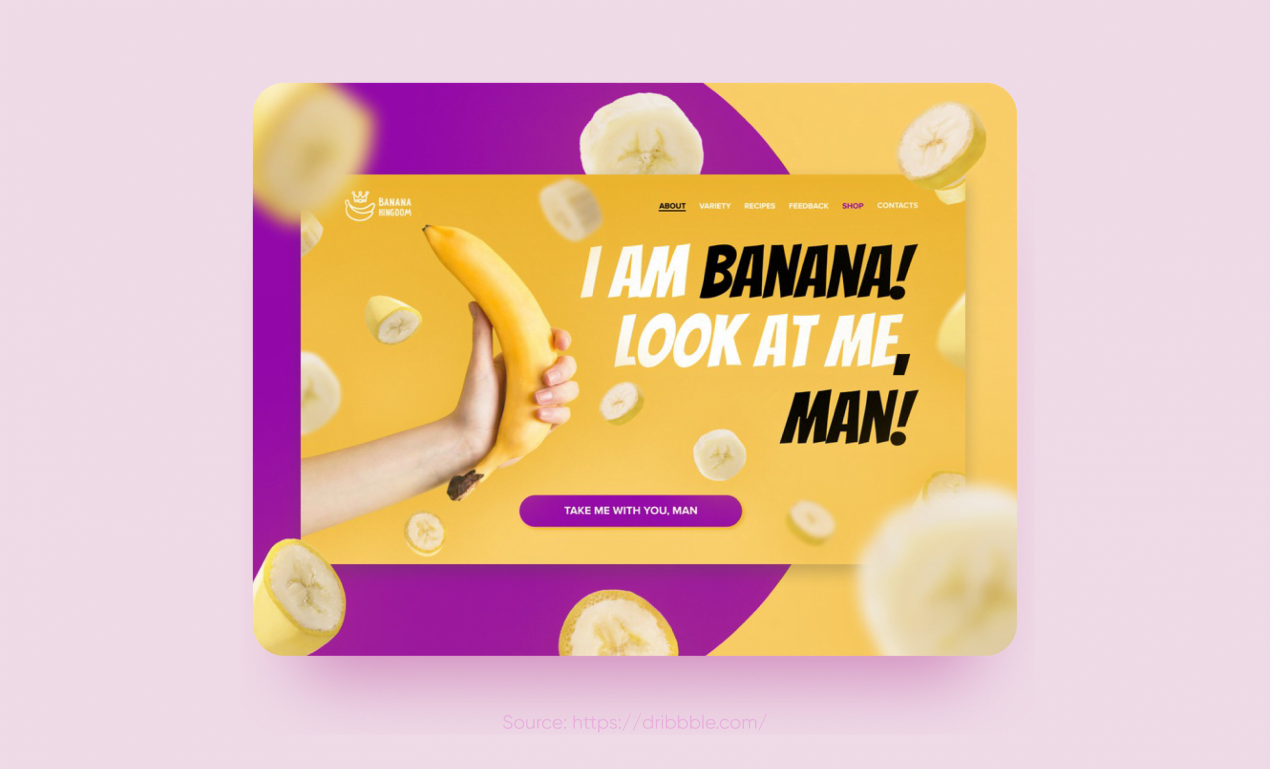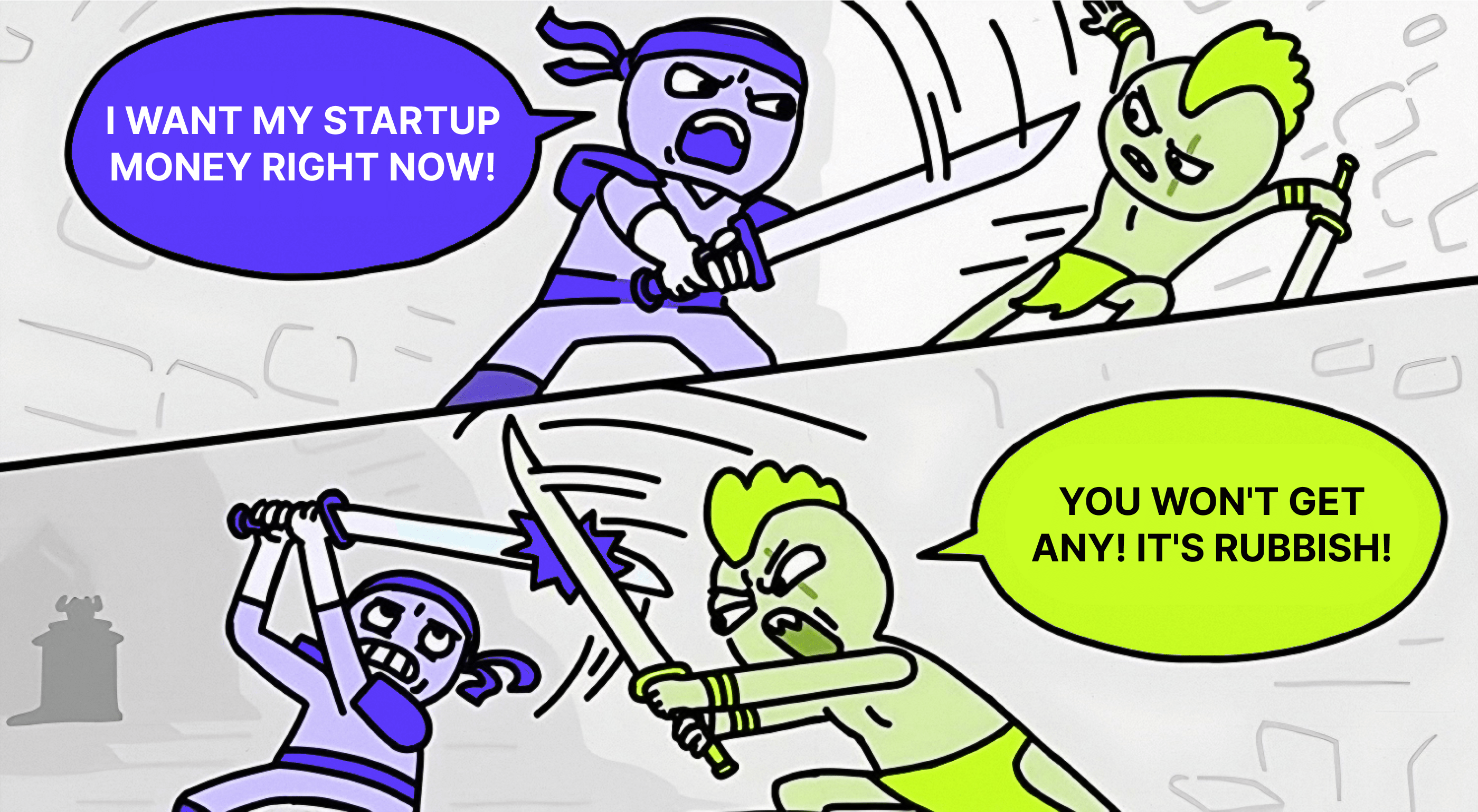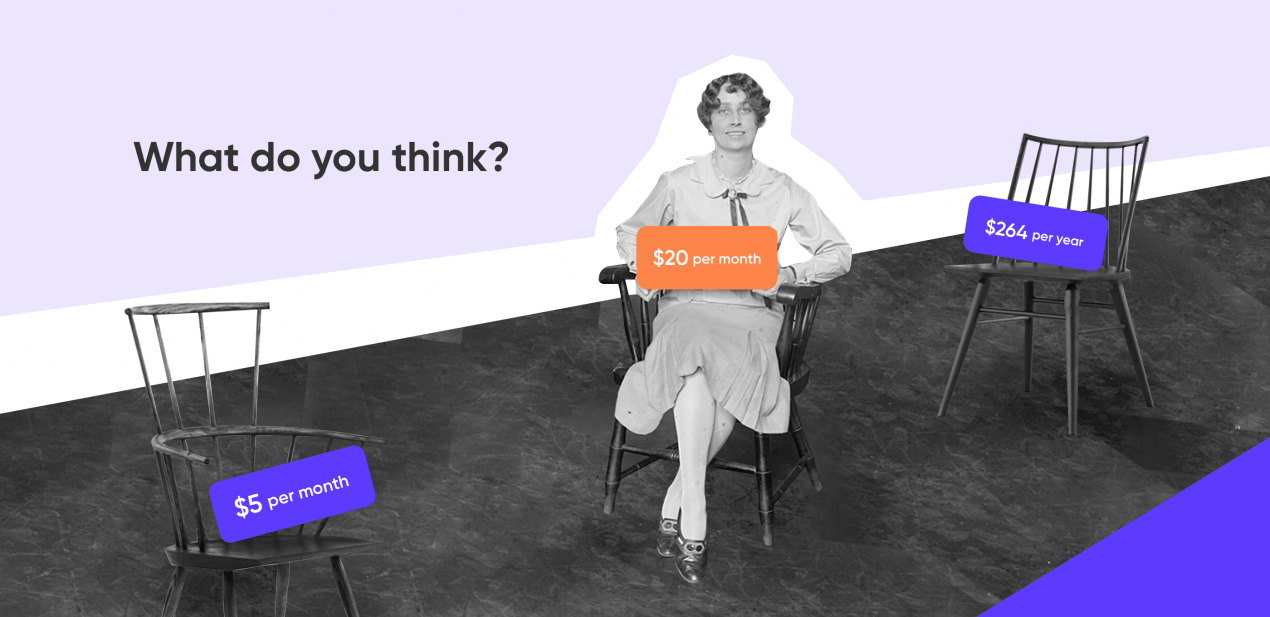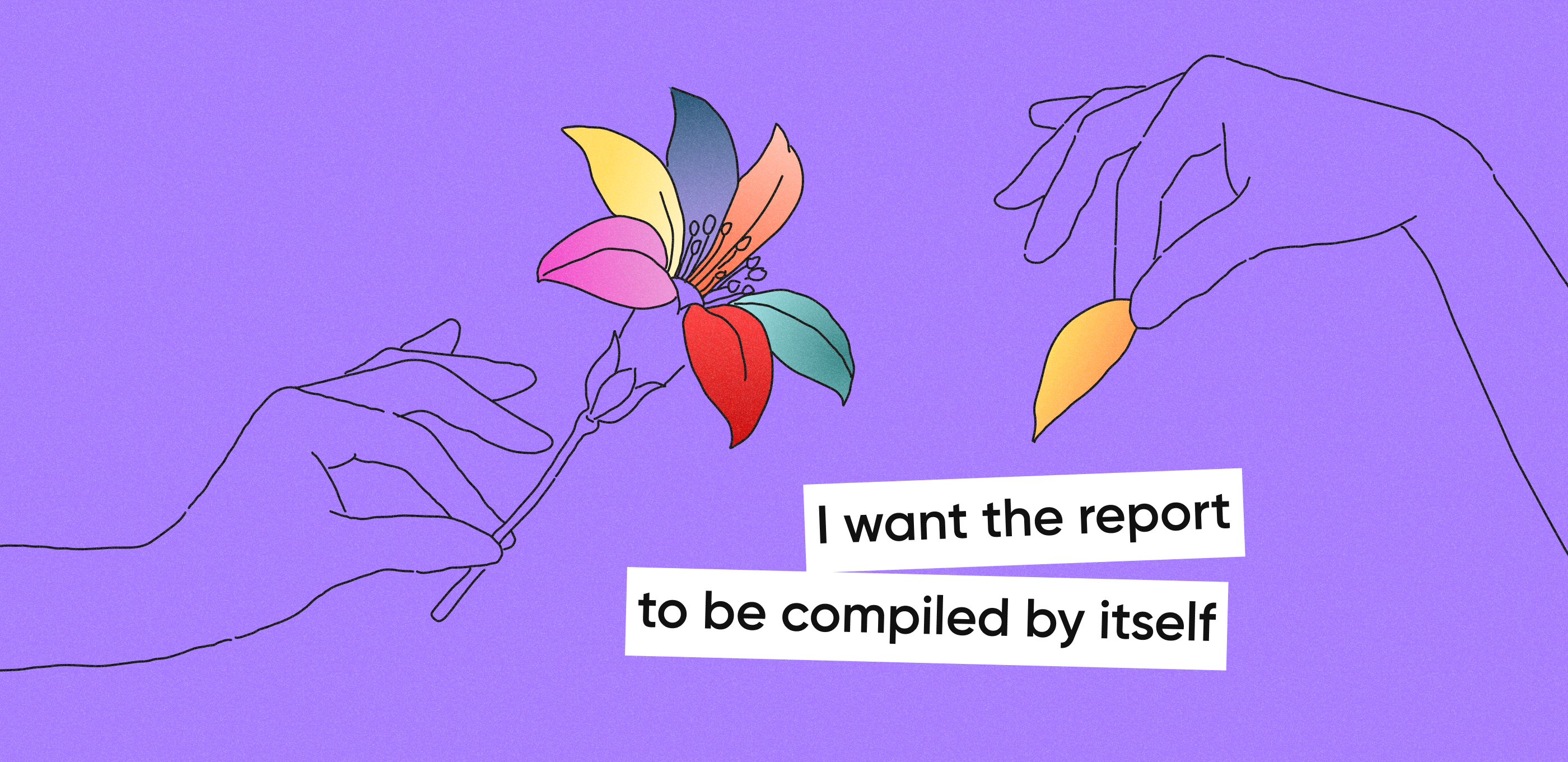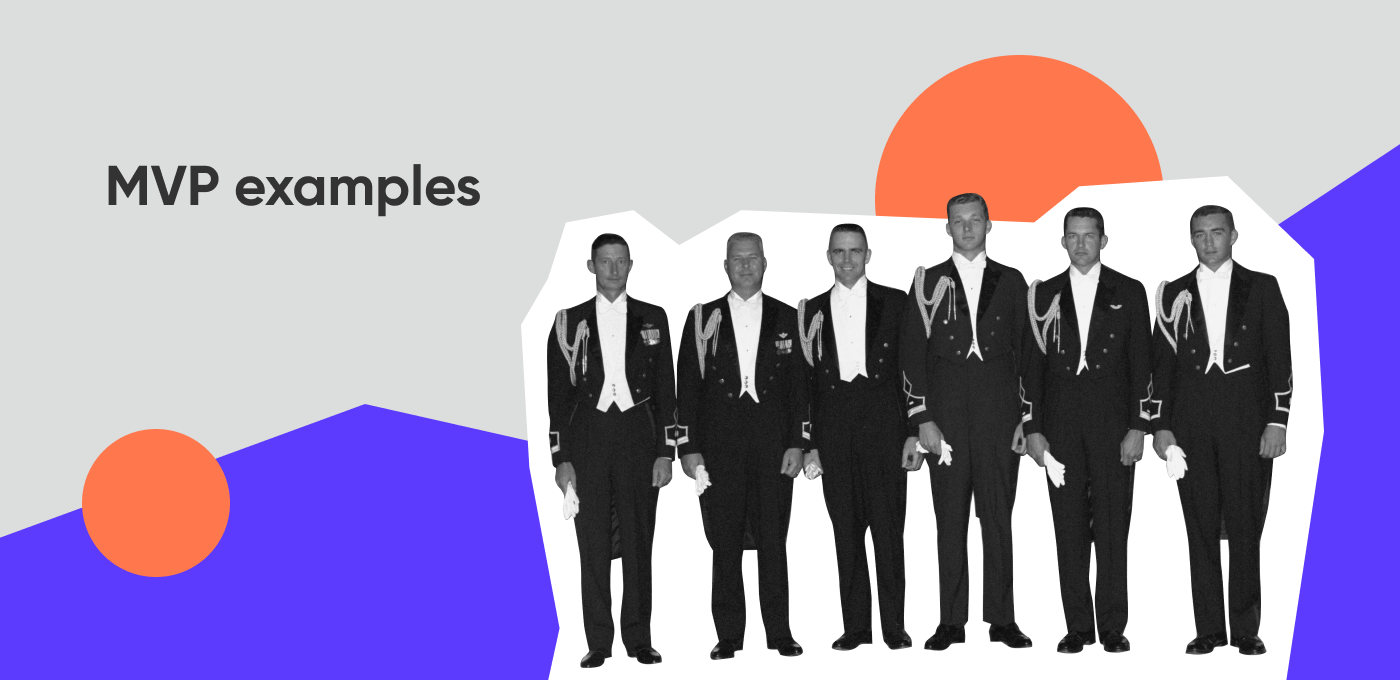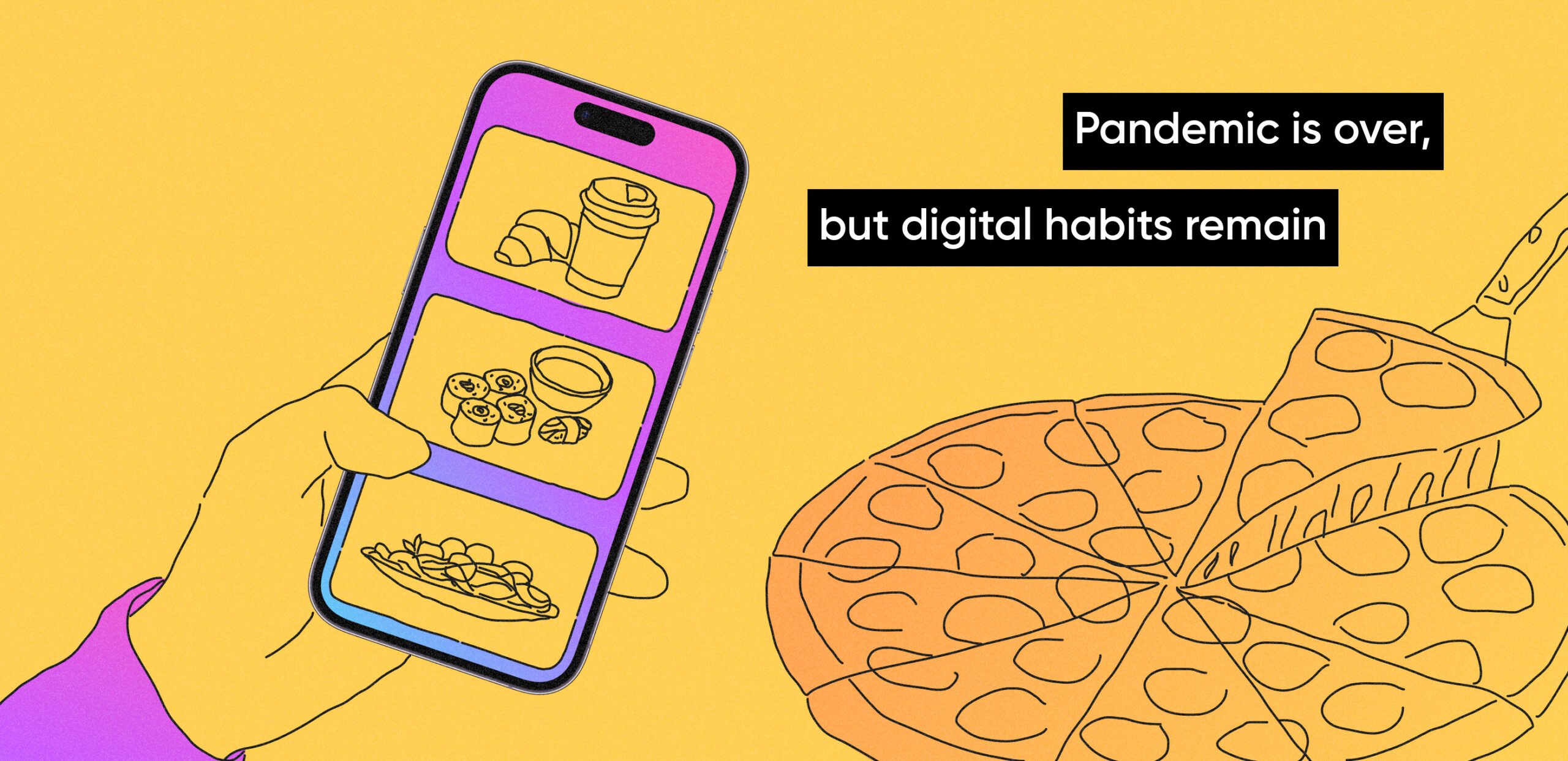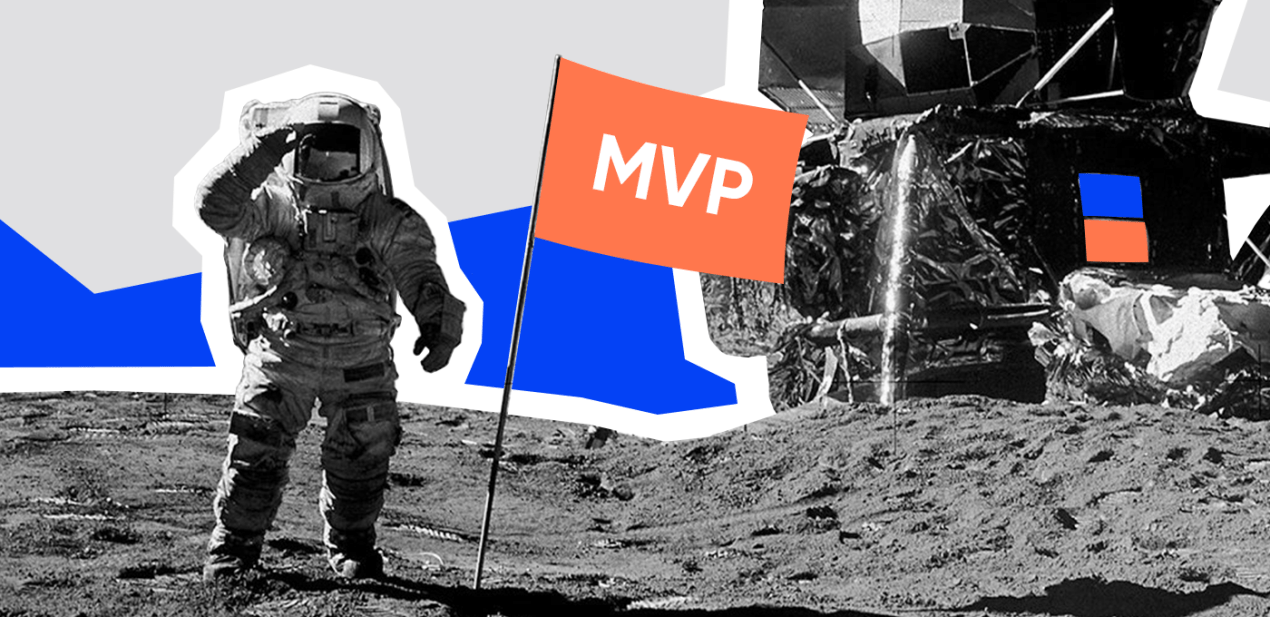What are the MVP purposes?
1. Check if your idea is compelling
The first and one of the most important purposes of an MVP is to find out whether the product will attract any customers. If your idea is not compelling, not unique enough, or too niche, your MVP will probably not attract any users.
On the other hand, if your MVP gains some feedback from the community, you will know who to market the full product to. The early adopters of your MVP app might stay with you throughout the development process and remain your biggest advocates.
2. Test the marketability
MVP app development is the first step to making your ethereal idea into a successful business with material benefits. To achieve that, you need to employ some sort of monetization model that will encourage active users to spend money on your application.
If you’re not sure which monetization type suits your project more, this stage is the best time to try out different options and determine which one works best. You’ll be able to see how much funds you’d need to spend to market your app to more customers and determine whether the app is profitable as a whole.
3. Lower the overall development time
One of the common features of product MVP development is its efficiency, both in terms of resources spent and time allocated for its initial build. If you quickly build an MVP app and iteratively improve it, it will take much less time than if you create each feature of the full product from scratch.
Development time and overall expenses are often interconnected. With the help of an MVP in product development you can lower the product development time, which will potentially save a lot of funds. Also, the faster you get the full product on the market, the faster it will start making money for you. Plus, this way you might outpace your competitors who have similar ideas.
4. Choose the right features
If you collect enough information from your MVP launch and analyze it properly, it will help you make the product better. For example, you might see which core features are used by your target audience the most, and which are overlooked.
Using this information, you can shift the focus of your marketing campaign to target the overlooked features, or you can remove the unnecessary features and focus on the ones that are used the most. No matter what you choose, your project will win from it, as will your users.
5. Receive early feedback
One of the main reasons to build an MVP app is to gain early feedback from your target audience. If you want your project to be successful, you need to stay client-oriented. This means that you need to listen to your users and react to their responses.
Early feedback on your MVP might not reflect the users’ attitude towards the full application. However, it is the first step to mutual understanding and consistent dialog between you and your audience. So, analyze and respond to feedback throughout the development process to match your app to your customers’ needs.
Advantages an MVP provides
1. It is cost-efficient
MVP development is not cheap but developing a fully functioning product costs a lot more. Besides, working on an MVP instead of developing the whole application from scratch allows for better, more organized resource management. You build and improve on an existing structure instead of designing everything at once.
Furthermore, as we’ve mentioned, one of the main goals of the MVP in product development is time-saving. Longer development time usually means that more resources are spent, so MVP saves resources this way as well.
2. Allows you to enter the market quickly
If you don’t test the waters with an MVP, you won’t know whether there is a real target audience for your app. MVP allows you to gain the attention of potential users. If they are interested in a minimum viable product, they will definitely want to check out the full thing.
Furthermore, MVPs often attract people who actively search the market for any new technology. These early adopters might help you a lot with their feedback, as they’ve probably tried out every similar product on the market. Their info will help you determine your product identity and gain an edge over your competition.
3. Ensures you’re not spending funds blindfolded
When you build an MVP app, you start the development with the most important core features. It is most likely that they will stay almost the same up till the end of the development. Other features you add later might change drastically or even be discarded.
If you don’t use the MVP approach in your project, you might spend a lot of resources on features that will be discarded in the end. The iterative progress of the MVP product development will help you better allocate the funds and be aware of the features your app has.
4. Gives you feedback from real users
If a person finds your MVP interesting or if it solves their particular problem – they are your future potential customer. These are the people you want to hear the feedback from, as they may sooner or later be paying you for your solution.
Some development companies often conduct research on a focus group. While the info they receive might be helpful, it is limited. The info you gain from the MVP product development approach is much more genuine, detailed, and helpful.
5. Makes your project safer for investors
Attracting investors to your startup project is a challenging task, even if you have the most innovative and financially sound idea ever. Investors want some safety for their money, but there are risks in every project. However, MVP success can mitigate that risk.
If you let your potential investors know that the early-stage version of your product has been successful, the chance of you getting some help from them will increase. More funds from investors mean you can make your app even better, thus making a better case for more investors. 😉
MVP types you can use
1. Idea visualization
The first and the simplest MVP type you can use is idea visualization. For this type of MVP development, in most cases you don’t even need coding – that’s why it is also often called a no-product MVP. It simply demonstrates how your final product will function through text, images, or videos.
There are multiple ways you can present such a visual MVP. From landing pages to demo videos, you can use anything you like. The important thing here is not the format, but how well the MVP demonstrates the capabilities of your product, and whether it is easily accessible by the target audience. This is the most cost-efficient but also the most basic and the least appealing type.
2. Wizard of Oz
If you have an idea about how the core functions of your app should work but don’t have the resources to automate them, you can try the Wizard of Oz MVP approach. In this type of MVP, you create an illusion of a functioning product but the main functions are performed manually.
The fact that the actions are not automated is hidden from users, hence the name of the MVP – you operate from the shadows, like the Wizard of Oz. While you don’t have a fully functioning product, with this MVP you deliver a full experience to the users, which is why you can get valuable feedback from them.
3. Concierge
This type of MVP product development is similar to the previous one. Certain features, that in the final product will be performed automatically, are conducted manually. However, in this case, the user is fully aware of the manipulation.
This type of MVP works especially well if you’re trying to connect with your users. You will guide the customers from start to finish of their experience, and as they know, there is a person behind it, they may share the upsides and downsides they encounter.
4. Piecemeal MVP
Another way you can emulate the features you’re not ready to develop from scratch yet is by using already-existing technologies. For example, if you don’t want to spend time setting up a shopping platform, you can use a third-party solution, like Shopify.
Piecemeal MVP allows you to save a lot of money on app development while still getting a working solution that can be tested in the wild. You can use third-party solutions for a wide variety of features so you can focus on the unique ones left.
5. MLP
Sometimes, it is not enough to present the users with the core features of your app with everything else stripped off. If you plan your app to be not a simple solution, but a unique experience, you need to create a well-thought-out UI/UX design.
That’s exactly what MLP is for. A minimum lovable product is a solution that not only solves users’ problems but also creates an emotional connection with them. It is usually achieved with the careful choice of design elements and defined user flow.
Successful MVP examples
1. Dropbox: this is one of the best examples of a successful idea visualization MVP. In the beginning, Dropbox was described by its founders in a demo video that went viral and has lead to the creation of one of the biggest cloud services in the world.
2. Spotify: Spotify went through several stages of MVP development. First, it was just an idea described on the landing page of the website. Then, they created an MLP – the app provided a never-before-seen experience.
3. Airbnb: before the app became well-known worldwide, the job of finding and booking places for people to stay was on humans. It was a perfect example of the concierge MVP, and only the success of the initial product has made the process automation possible.
4. Zappos: this company is often mentioned as an example of a successful MVP, and it’s no wonder – it was one of the first to use the Wizard of Oz MVP strategy. No one had even suspected that the orders in this shop were not handled automatically until the company couldn’t handle the volumes of orders on its own.
5. Facebook: as a lot of people know, Facebook has grown into an international social media giant from the Harward-exclusive social network. You might not know but the very first version of Facebook was simply a mock-up of a profile page with a messaging option.
6. Uber: the MVP of Uber was available only on iPhones and focused on two main features – connecting a driver with a passenger and making the cashless payment possible. After the success of the concept in San Francisco, the company was able to expand to other cities and other platforms.
In conclusion
Depending on the complexity of your project and the variety of features you plan for your app, the MVP development stage can be skipped entirely in some cases. In most cases, this will not make your solution better — you will only miss out on the benefits of an MVP for your startup we’ve mentioned above.
If you want to gain valuable feedback and get to know your target audience before fully developing your product, an MVP approach is just for you. Make sure to choose the right MVP type for your project and focus on what makes your idea unique.



